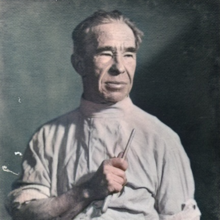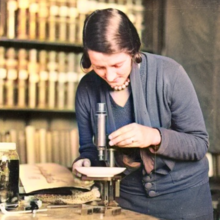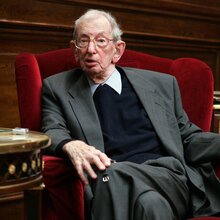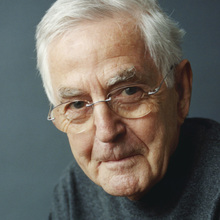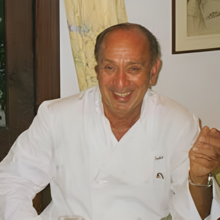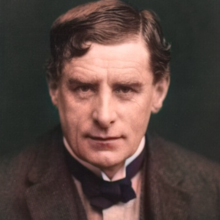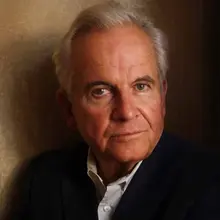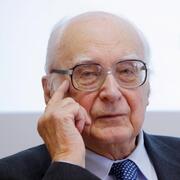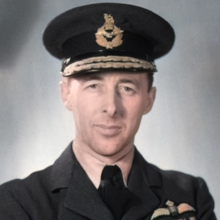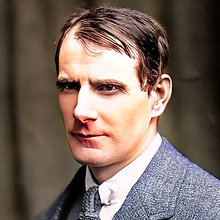
Personal
Other names:
Job / Known for:
Anatomy, Egyptology, and hyperdiffusionism
Left traces:
His studies on the brains of Egyptian mummies
Born
Date:
1871-08-15
Location:
AU
Grafton, New South Wales
Died
Date:
1937-01-01 (aged 66)
Resting place:
GB
Broadstairs,Kent, England
Death Cause:
Stroke
Family
Spouse:
Kathleen Macredie (m. 1900)
Children:
Three sons: Geoffrey, Brian, and Stephen Smith
Parent(s):
Stephen Sheldrick Smith and Mary Jane Evans Smith
QR Code:
 My QR code:
Sir Grafton Elliot Smith
https://DearGone.com/10294
My QR code:
Sir Grafton Elliot Smith
https://DearGone.com/10294
Key Ownner:
Not yet supported by key owner
Show More
Rank
Users ranking to :
Thanks, you rate star
Ranking
5.0
1
Fullname
Sir Grafton Elliot Smith
Slogan
The brain is the organ of destiny. It holds within its humming mechanism secrets
About me / Bio:
Show More
Article for Sir Grafton Elliot Smith
Died profile like Sir Grafton Elliot Smith
Comments:
